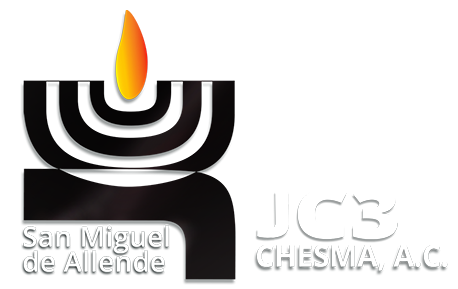BEA’S BACK WITH A SERIES OF EIGHT POWERPOINT PRESENTATIONS
Bea’s Back! The Protean Life of Theater, Pt 1: Prehistoric through the 18th Century
Thursday January 18, 4:00 – 5:30 pm
Bea’s Back! The Protean Life of Theater, Part 2: 19th Century
Thursday January 25, 4:00 – 5:30 pm
Bea’s Back! The Protean Life of Theater, Part 3: 20th Century
Thursday February 1, 4:00 – 5:30 pm
Bea’s Back! The Protean Life of Theater, Part 4: Dada and Surrealism
Thursday February 8, 4:00 – 5:30 pm
Bea’s Back! Montaigne
Sunday February 25, 4:00 – 5:30 pm
Bea’s Back! Rabelais
Thursday February 29, 4:00 – 5:30 pm
Bea’s Back! Fractals
Sunday March 17, 4:00 – 5:30 pm
Bea’s Back! Understanding Artificial Intelligence
Thursday March 21, 4:00 – 5:30 pm
ECLECTIC LECTURE SERIES BY BEA AARONSON
by Barbara Goodman
A story in the Iliad tells of Zeus standing on Mt. Olympus holding two urns, one filled with blessings, the other with sorrows. Along with thunderbolts, Zeus casts them toward Earth, where they land randomly. Some mortals get the jewels, others the dung. Do good things happen to bad people? Yep. Is sorrow as common as sweet? Yep. Live with it, humans.
The way Bea Aronson lives with it is through creating: with verse, with paint, with metal, with paper, with speech. The multi-hyphenate artist, who’s spent the past sixteen years in SMA, has had some rough patches, but as the title of her new eight-part lecture series at the JC3 announces: Bea’s Back!
Starting Thursday January 18 and running through March--most lectures are Thursday afternoons but check https://shalomsanmiguel.org/new-page-60 for specifics—Aaronson will share her enthusiasms, starting with a four-part series on the history of theatre. The sequence begins with ancient Greek theatre—which originated in Egypt—and Aaronson will take listeners across the globe following what she calls “all the isms” (naturalism; realism, etc.) through Dada and the surreal. This journey, she says, explores 25 centuries of actors, stages, scripts, craft and ideas.
It might be the last of those that interests her most. Though productions change, she argues, the purpose of theatre remains the same: to give the audience a cathartic experience through moments of understanding and intimacy. Expression, she says, is what drives creativity, the need to expel and share what one holds inside. Whether it’s commedia dell’arte or a woman ranting onstage, it all circles back to the tradition of the storyteller, which dates, she thinks, from the discovery of fire.
Born in France, Aaronson holds degrees in art, French literature and philosophy: her theses were written on the painter Gustave Moreau and the writers Charles Baudelaire and Marcel Proust. Her fourth and fifth lecture, fittingly, will be on the 16th century satirist Francois Rabelais and the 16th century essayist Michel de Montaigne. Rabelais, who trained as a physician, is perhaps best known for his scatological takes on the human condition: excrement, Aaronson, says, “the cosmic fart,” is as important to art as beauty. Montaigne perhaps best known as the father of the personal essay, could be “blamed” (this critic thinks wryly) for the overabundance of memoir. Skeptic and secularists, appetite and intellect, these masters of the French Renaissance represent the burgeoning of non-secular philosophy and liberalism.
Aaronson’s final two lectures will be on fractals and artificial intelligence. When asked how these topics connect to her earlier themes, Aaronson shrugs her shoulders, takes a puff from her cigarette, smiles and says, “They interest me.”
Right now Aaronson is working on a series of found and silver-painted objects she’s calling “The Ice Age.” She’s writing poems. She’s preparing a lecture on Asian and non-Western theatre. “It keeps my mind off “the mess of life,” she says.
Zeus slings his thunderbolts. Women make lemonade from lemons. Bea’s back!


